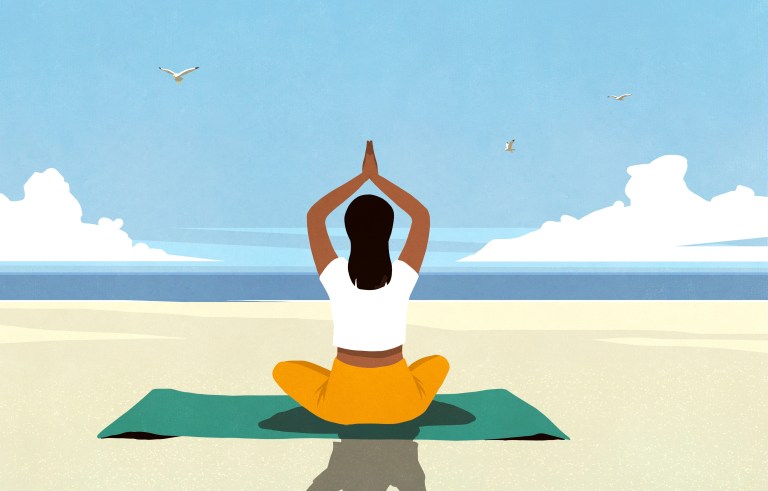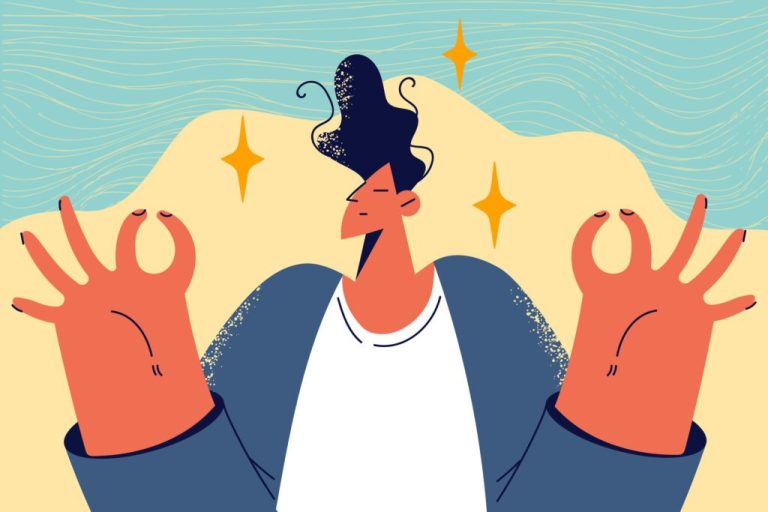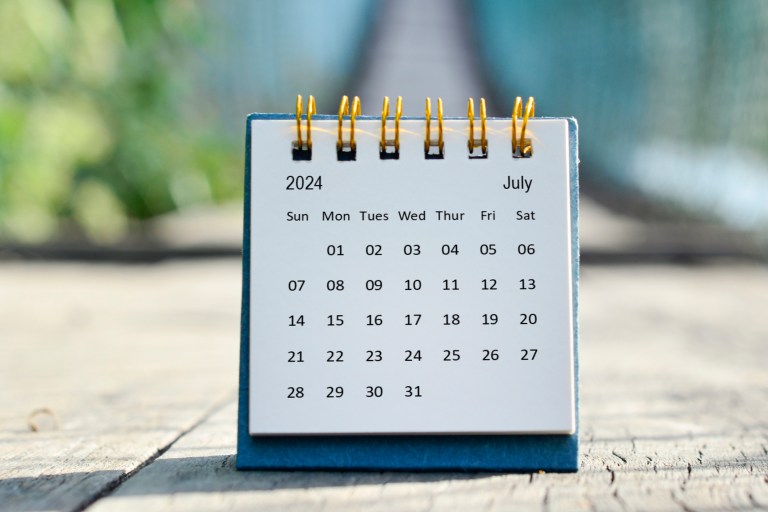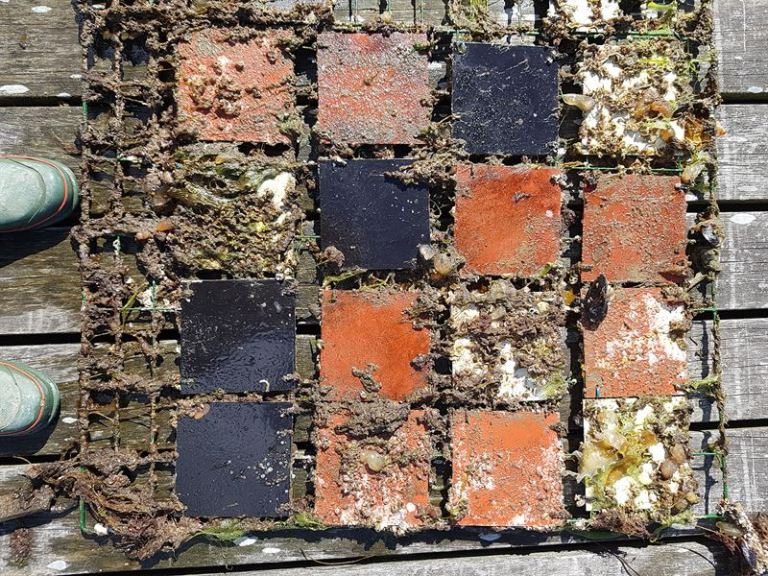The side part has been a popular way to style hair for decades, but it’s taken a hit in recent years, with Gen Zers famously flocking to social media to declare the lookstyle officially “out” and beseeching millennials to switch to a middle part.
As fashion trends are wont to do, however, the side part appears to be having a resurgence. Tastemakers have been wearing their hair to the side on red carpets this year — and even members of the younger generations have been moving away from parting their hair down the middle.
Thankfully for those who enjoy staying in vogue, there are benefits to changing hairstyles, and they aren’t limited to simply upping your cool factor, CBS News reports.
“If you put your hair the same way all the time, then certain hairs are probably going to be subjected to repeat trauma,” dermatologist Elizabeth Geddes-Bruce explained to the outlet. “So if you always put your hair in the middle, then you’re probably going to always be flat-ironing those hairs more or it’s going to receive the most heat from your hair dryer — and those kind of things can lead to more breakage of the hair shaft.”
Damage can also occur from extensive exposure to the sun, pollution, and certain products. If some of your hair is always hidden under other layers, it’s going to stay healthier, so changing which sections of hair get that R&R can be good for your locks overall.
“You’re giving those hairs a chance to sort of rest and not get broken or subjected to as much trauma … you’re definitely minimizing the repeated exposure of those irritating agents to those same hairs,” Geddes-Bruce said.
That said, if you’ve got a tried-and-true style you’re unwilling to part with (no pun intended), there are plenty of ways to keep your hair healthy without changing your look.
Hair Health Tips
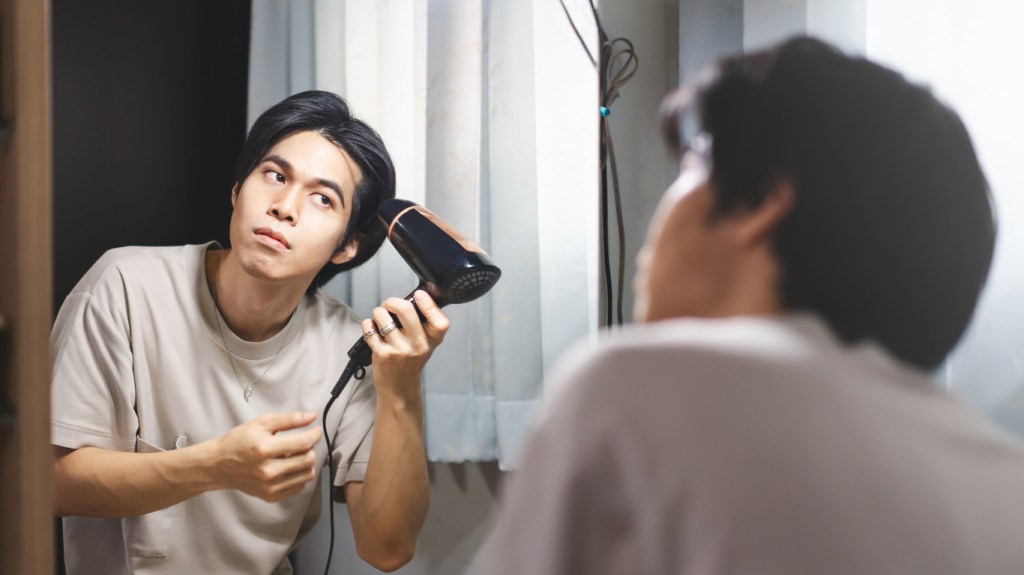
Washing
“Washing your hair is not a one-size-fits-all process,” hairstylist and natural hair expert Erinn Courtney told Good Housekeeping. “Our hair is not made equally and needs special care. Finding what works best for you — in terms of the right shampoo and frequency of washing — can take trial and error and doing some research.”
Consider how much oil your scalp naturally produces, as well as the amount of physical activity you get and whether your hair has been chemically treated when determining how often to wash it. If your hair isn’t oily or dry, washing two to three times a week may be best, but if it is, you can increase or decrease the frequency.
Learn more about how and when to wash different types of hair, including thick, curly, and fine.
Styling
It’s best to minimize heat and stress on your hair when styling. Opt for a heat protectant before going in with styling tools, and try starting with the lowest heat setting on your blow dryer or curling iron.
Some hairstyles cause more damage than others. Tight styles like slicked back buns can result in more stress on your tresses. “Really tight hairstyles, those have definitely been proven to cause a form of hair loss called traction alopecia,” Geddes-Bruce told CBS. “Anytime your hair is pulled very tightly, the follicles can’t stand the stress and it can lead to permanent hair loss.”
Diet
Healthline recommends eating a diet rich in protein and omega-3 fatty acids — which can be found in flaxseed, fish, and yogurt — to boost the health of your hair. Per the outlet, “Diets with inadequate protein can result in weak, brittle hair and loss of hair color, as well as loss of hair itself.”
If you’re noticing that you leave hair behind you wherever you go, you might think about upping your zinc intake, as a deficiency can cause hair to shed. Foods like Brazil nuts, walnuts, and almonds, as well as whole grains and legumes, are all good sources of zinc.
Share to:



